Bathroom Surfaces: Ceramic Tile Pros and Cons
Often praised for its durability and variety, ceramic tile is a popular choice for bathroom finishes. If you're drawn to color and texture, this material can deliver on both fronts. But the sheer variety of ceramic tiles is endless, which can make finding just the right tile very difficult.
Because ceramic tends to cost less than porcelain and is much lighter, it's often used for wall and ceiling installations. However, there are some major cons to this material, too: It's not as strong as porcelain, so it doesn't make the best walking surface. It can be very cold underfoot in the winter, and heavy tile can be difficult to install.
Curious if ceramic tile will work in your bathroom? Here's what you should know before making the purchase.
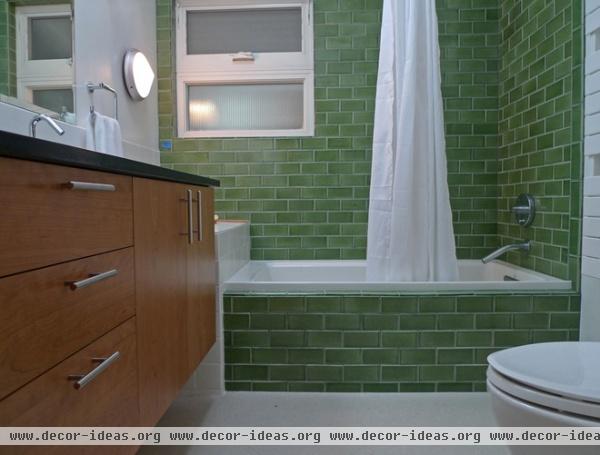
The basics: Ceramic tiles are wide ranging; all are generally made from red or white clay that's been fired in a kiln and glazed or finished. If you're a tile nerd like me, ceramic tile technically includes porcelain tile too, but for this ideabook we'll exclude that category.
Cost: Ceramic tile is often priced below $2 per square foot. Higher-end tiles can easily run $20 to $40 and more per square foot. The average tends to be around $7 to $9 per square foot.
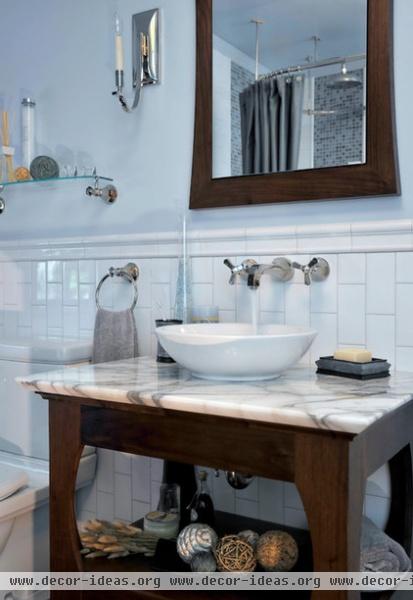
Pros: Ceramic tile can be incredibly affordable, and there's a ton of variety in styles, colors, finishes and textures. It's also easy to customize it for details like chair rails, soap dishes and special edging and nosing, as in this bathroom.
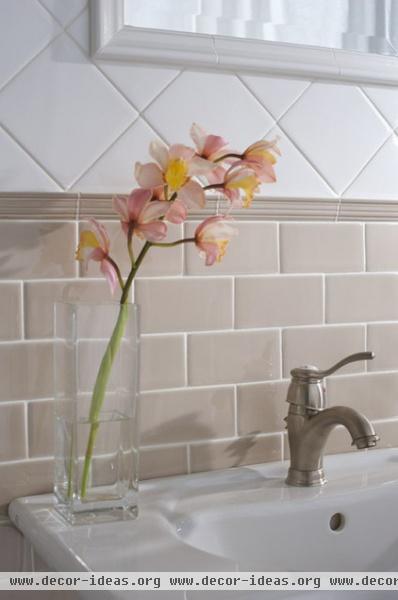
Handcrafted Ceramic Tile Cons: Ceramic tile is not as strong as its cousin, porcelain tile, but what it lacks in strength, it makes up for in price.
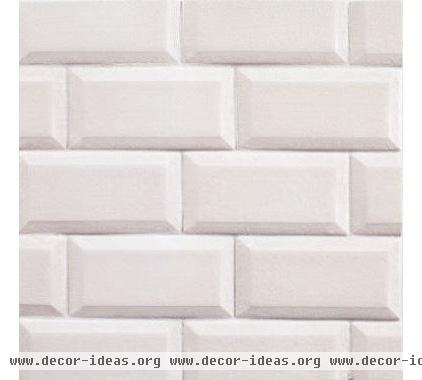
Ceramic Basics Special considerations: Since ceramic tiles often have texture, you may want to consider this to add dimension to your bathroom. The eased edge on this tile adds a little extra something to a bathroom wall, but can make it difficult to figure out how to cut end tile. Consider using a tile edge profile, like a Schluter strip, to make the transition less awkward.
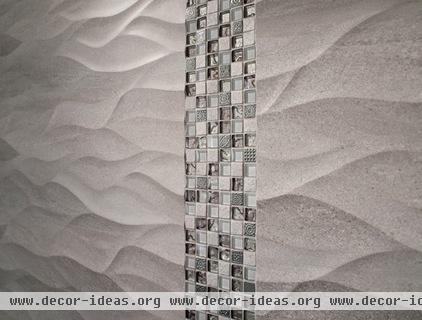
Textured Ceramic Tile However, today's ceramic tile offers much more than an eased edge. This wavy tile from Porcelanosa is just one example of the texture and detail available today.
This type of tile can make for a great accent in a bathroom, but I'd avoid using too much texture in a shower , since it can make for difficult cleaning. Try using it for a feature wall or feature corner instead.
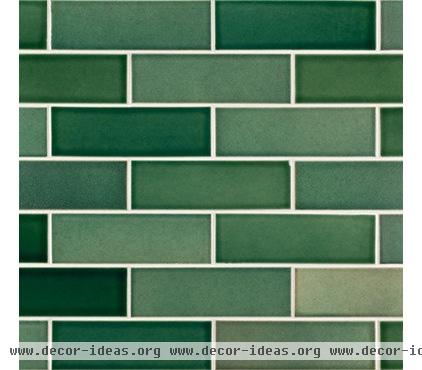
Ceramic Art Tile Maintenance: Make sure you choose a ceramic tile with a durable finish. How can you tell? Buy a sample, take it home and clean it to death.
I recommend cleaning ceramic tile with a white nylon scrub brush and a little soap. You shouldn't need much more than that. Ceramic is very durable, but it's best to stick to mild household detergents and to spot test before using anything new.
Installation: Installing ceramic tile is pretty straightforward; it could even be a DIY project if you have some experience working with tile. Many of today's ceramic tile actually has directional arrows on the back side; make sure you keep them lined up the same way so you get the correct look.
Tell us: What pros and cons have you experienced with ceramic tile?
More about how to choose and install bathroom tile












